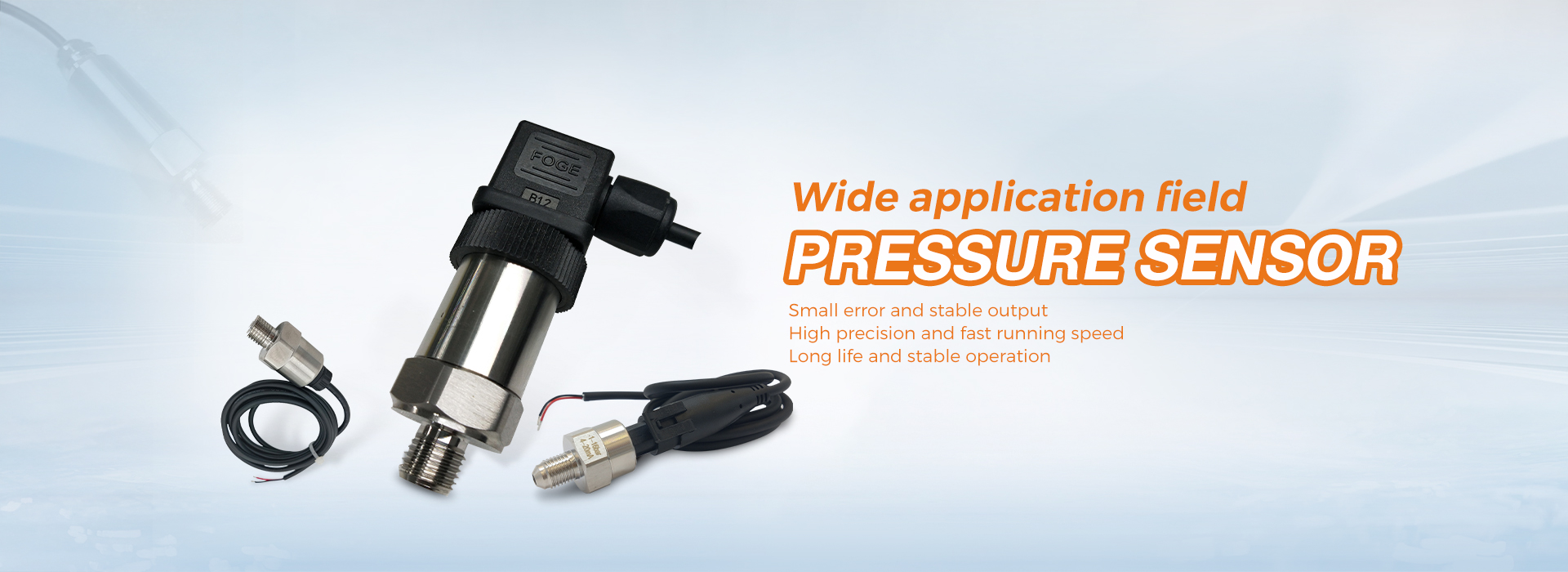- When the pressure rises, the pressure transmitter cannot output: In this case, the pressure interface should be checked for air leakage or blockage. If it is confirmed that it is not, the wiring method should be checked. If the wiring is correct, the power supply should be checked again. If the power supply is normal, the zero position of the sensor should be checked for output, or a simple pressurization should be performed to see if the output changes. If there is a change, it indicates that the sensor is not damaged. If there is no change, the sensor is already damaged. Other reasons for this situation may also be instrument damage or other issues in the entire system.
- The output of the pressure transmitter does not change, but the output of the pressure transmitter suddenly changes after adding pressure, and the zero position of the pressure relief transmitter cannot return. The reason for this phenomenon is most likely caused by the sealing ring of the pressure sensor, which has been encountered several times in our customer’s use. Usually, due to the specifications of the sealing ring (too soft or too thick), when the sensor is tightened, the sealing ring is compressed into the pressure inlet of the sensor to block the sensor. When the pressure is high, the sealing ring suddenly bursts open, causing the pressure sensor to change due to pressure. When the pressure drops again, the sealing ring returns to its original position to block the pressure inlet, and the remaining pressure cannot be released. Therefore, the zero position of the sensor cannot be lowered. The best way to eliminate this reason is to remove the sensor and directly check if the zero position is normal. If it is normal, replace the sealing ring and try again.
- There are several reasons for the unstable output signal of the transmitter: (1) the pressure source itself is an unstable pressure (2), the anti-interference ability of the instrument or pressure sensor is not strong (3), the sensor wiring is not firm (4), the sensor itself vibrates severely (5), and the sensor is faulty
- The possible reasons for the pressure transmitter being powered on without output include: (1) incorrect wiring (both the instrument and sensor are checked) (2) open circuit or short circuit of the wire itself (3) no output or mismatched power supply (4), damaged instrument or mismatched instrument (5), and damaged sensor
- The deviation between the transmitter and the pointer pressure gauge is large. Firstly, deviation is normal. Secondly, confirm the normal deviation range. Method to confirm the normal error range: Calculate the error value of the pressure gauge. For example, the range of the pressure gauge is 30bar, the accuracy is 1.5%, and the minimum scale is 0.2bar. The normal error is: 30bar * 1.5%+0.2 * 0.5 (visual error)=0.55 bar
- The error value of the pressure transmitter. For example, the range of a pressure sensor is 20bar, with an accuracy of 0.5%, and the instrument accuracy is 0.2%. The normal error is 20bar * 0.5%+20bar * 0.2%=0.18bar. The possible error range that may occur during the overall comparison should be based on the error range of the equipment with a large error value. For the above example, a deviation value between the sensor and the transmitter within 0.55bar can be considered normal. If the deviation is very large, high-precision instruments (at least higher than pressure gauges and sensors) should be used for reference.
- The impact of the installation position of the micro differential pressure transmitter on the zero output: Due to its small measurement range, the self weight of the sensing element in the transmitter will affect the output of the micro differential pressure transmitter. Therefore, the zero change situation that occurs during the installation of the micro differential pressure transmitter is a normal situation. During installation, the axial direction of the pressure sensitive part of the transmitter shall be perpendicular to the gravity direction. If the installation conditions are limited, the zero position of the transmitter shall be adjusted to the standard value after installation and fixation.
Post time: Dec-04-2023



